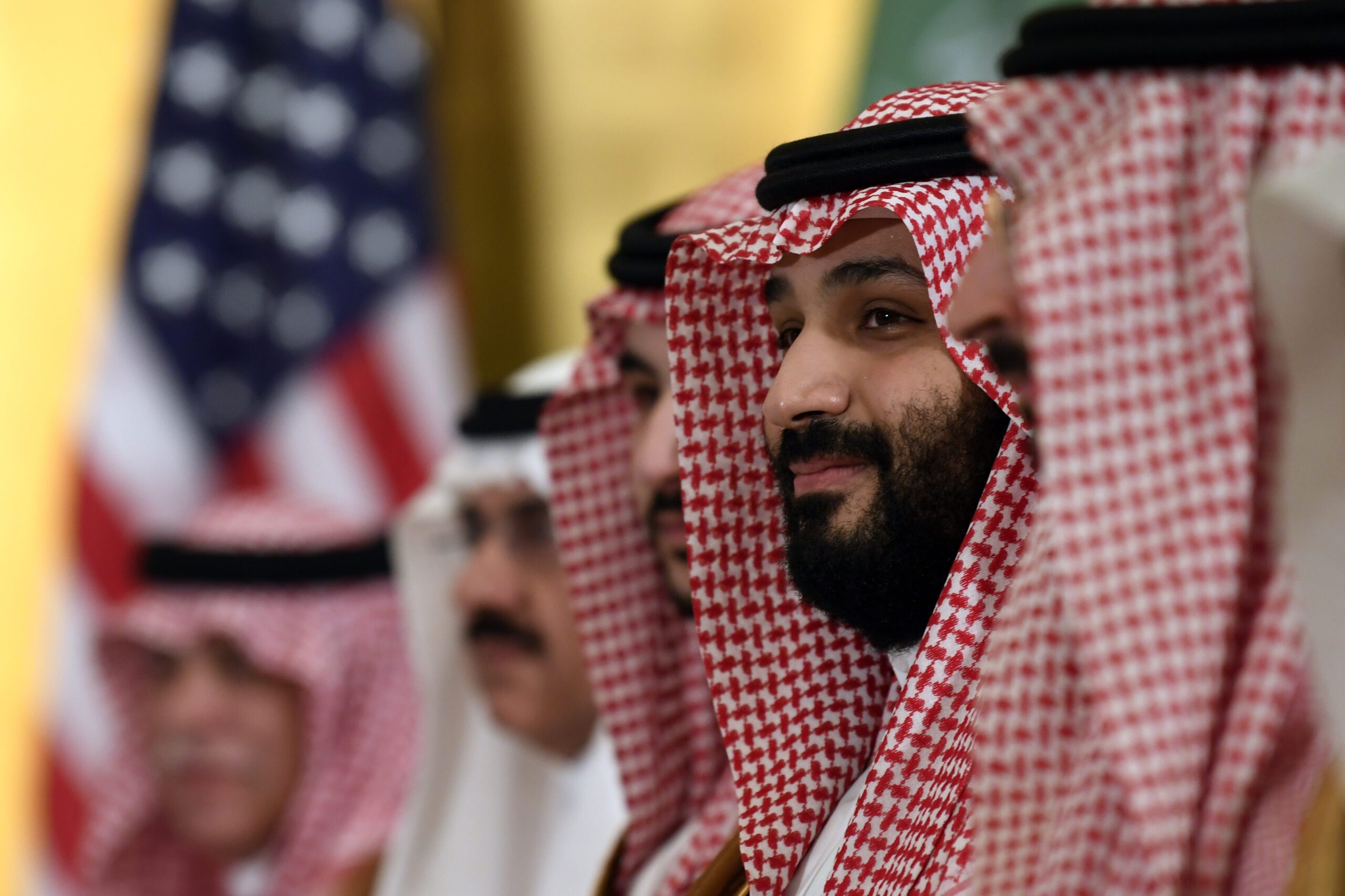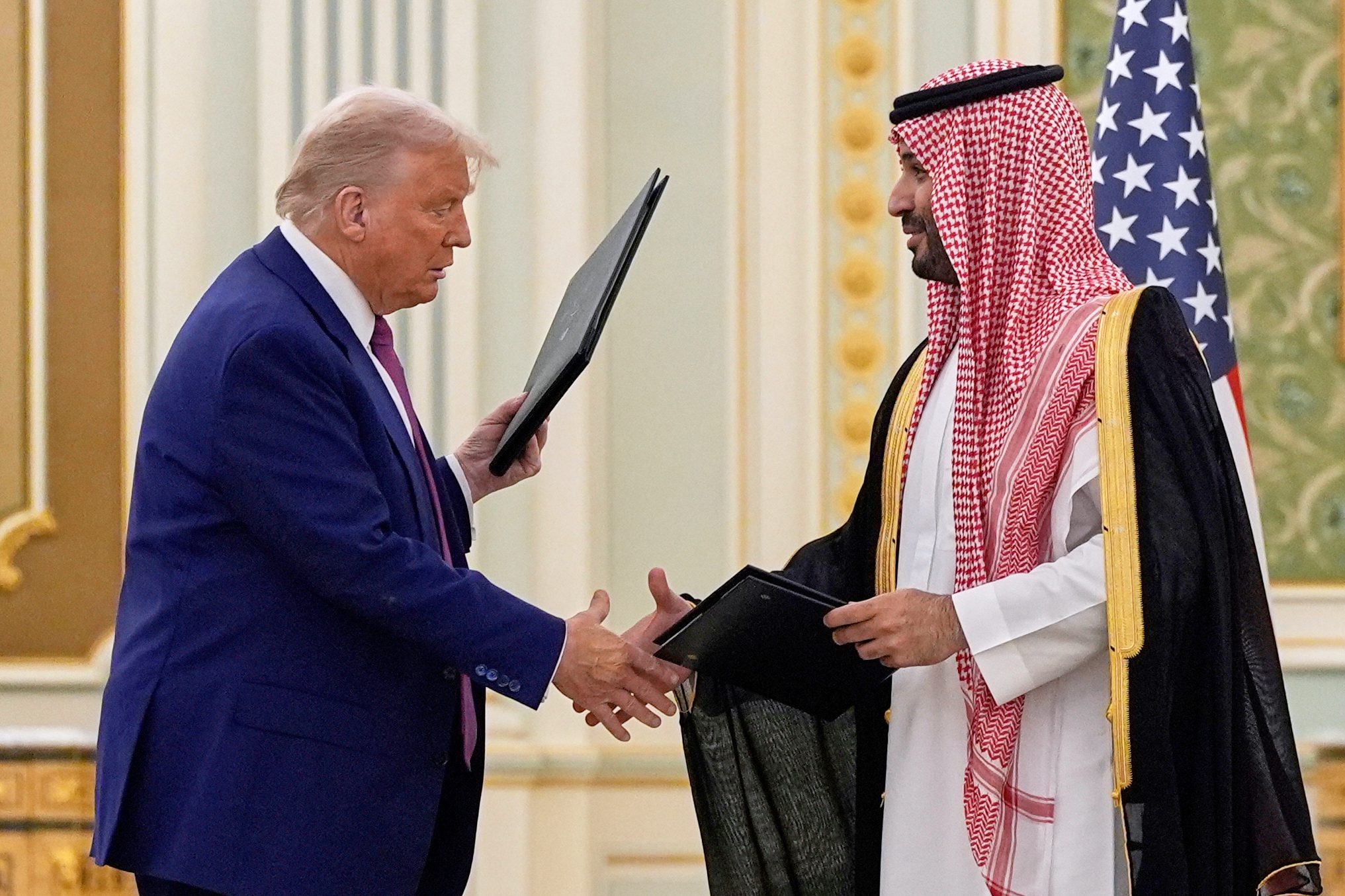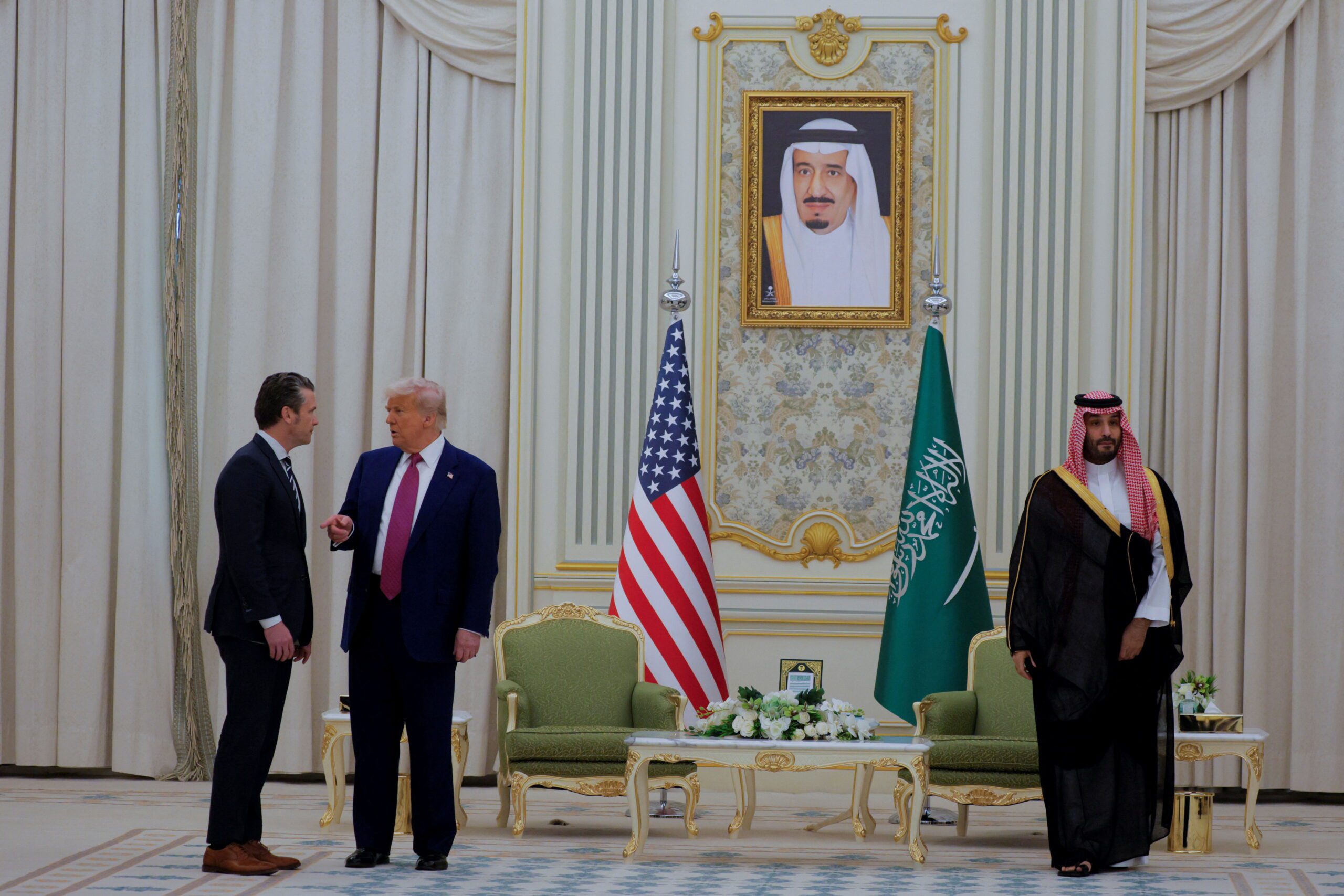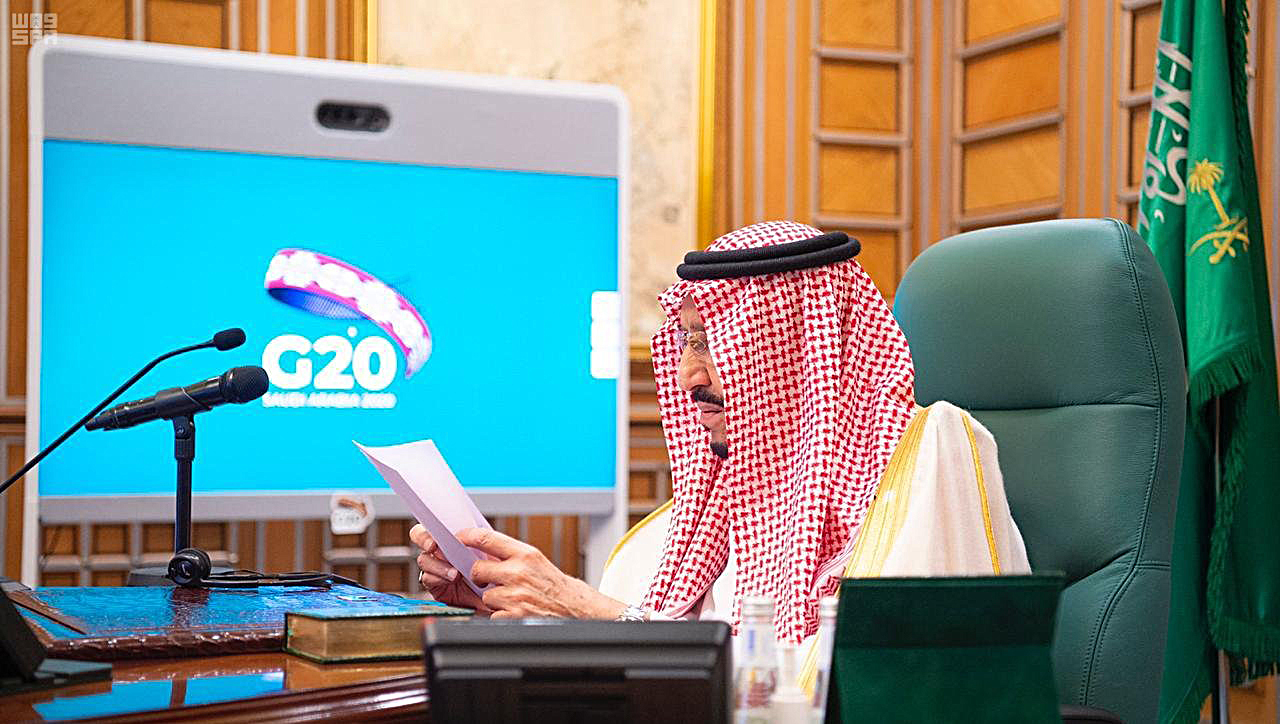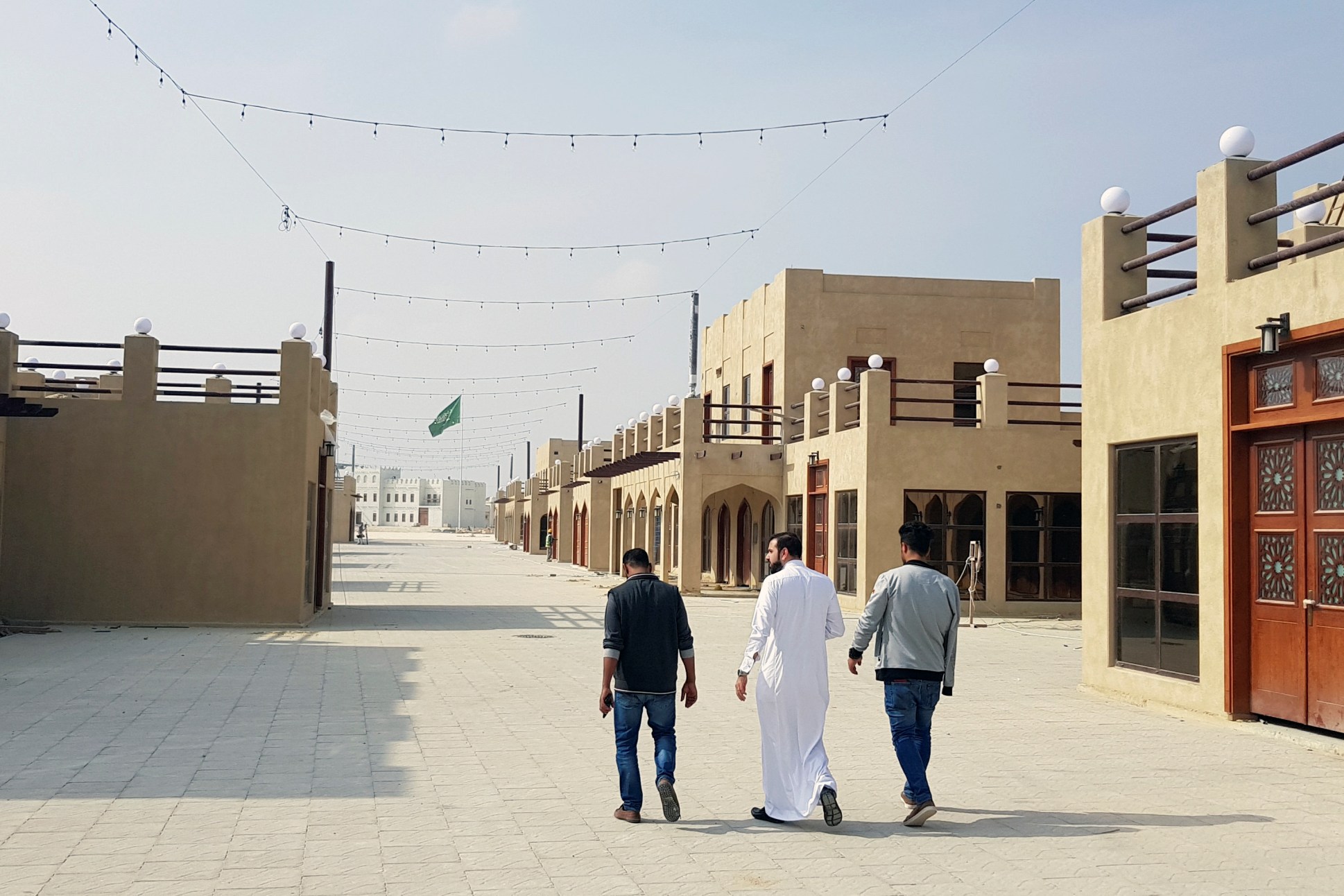The F-35 Test: A New Era for the U.S.-Saudi Strategic Partnership
Washington and Riyadh must decide whether confronting the domestic political challenges of testing the United States’ QME doctrine or seeking an off-ramp makes more sense.
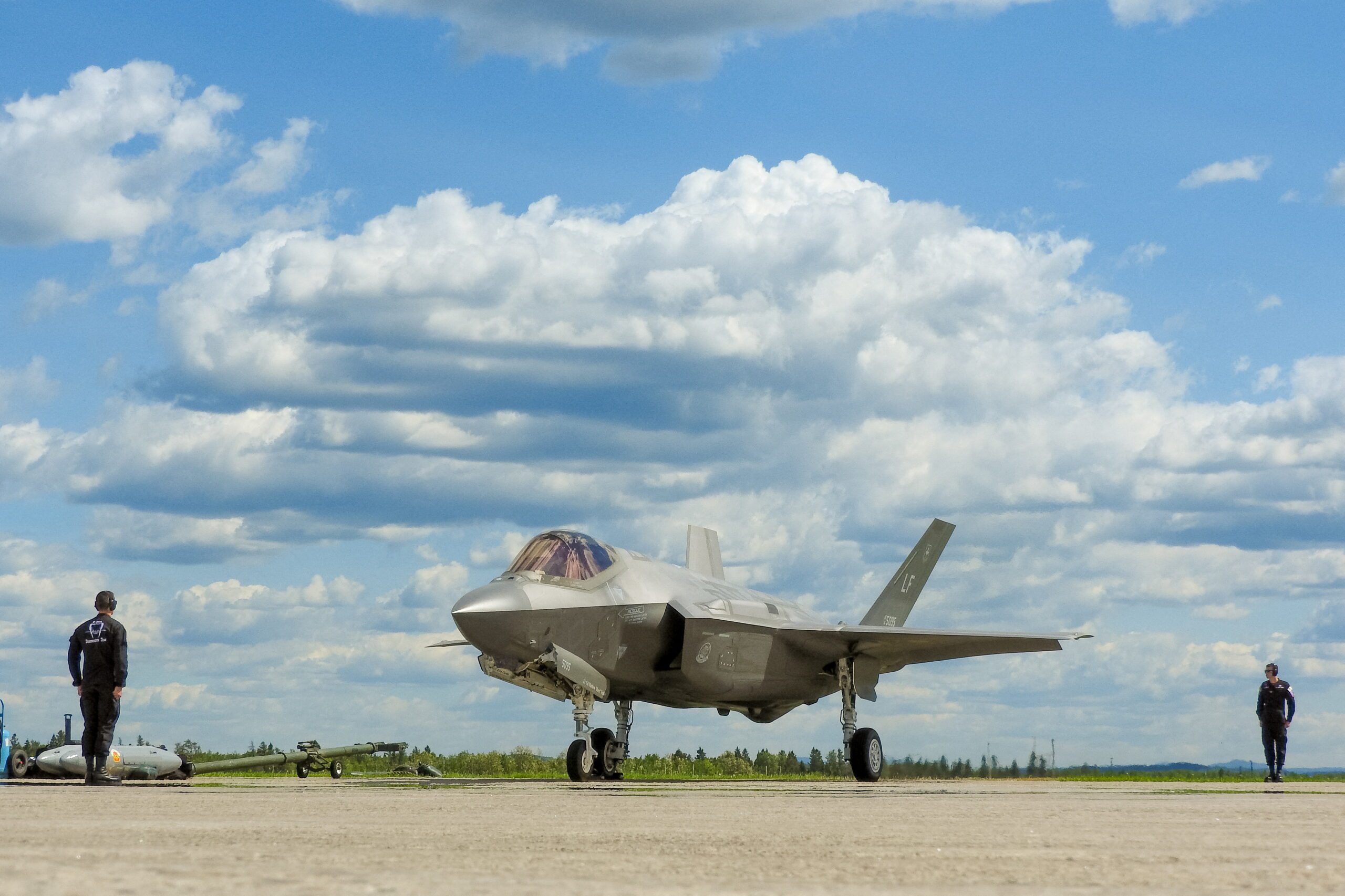
As Saudi Crown Prince Mohammed bin Salman arrives in Washington November 18, the discussions with the administration of President Donald J. Trump will extend far beyond the high-level abstractions of treaties, diplomatic standoffs, and the complex impasse of nuclear negotiations. While those strategic elements command the headlines, a critical test of the U.S.-Saudi partnership’s future will hinge on a single, concrete line item: the kingdom’s formal request for 48 F-35 Lightning II fighter jets.
This is not merely an arms sale. It is a high-stakes referendum on the partnership’s ability to mature from a transactional, oil-for-security model to a modern, integrated deterrence alliance. The F-35 negotiation encapsulates a central paradox of the Trump administration’s regional policy. It pits the transactional imperative to counter Iran – by arming a key partner – against the complex legacy doctrine of preserving Israel’s qualitative military edge that has historically constrained Washington’s regional alliances. The outcome will reveal whether Washington is prepared to fully enable its key strategic ally for a new era or if it will remain constrained by its own political inertia.
Vision 2030’s Conventional Cornerstone
The Saudi pursuit of the F-35 is not a symbolic gesture; it is the technological cornerstone of its military modernization. This pursuit is a key component of its Vision 2030 modernization plan, which calls for a continuation of the long-established security relationship with the United States, even as the kingdom seeks to diversify its other defense partnerships. For a military transitioning from a traditional defensive posture to one designed for high-tech, integrated deterrence, the F-35 is not just an asset; it is the platform.
Its stealth and network-centric “sensor fusion” capabilities are precisely what Riyadh requires to build a credible deterrent against Iran’s sophisticated ballistic missile and drone capabilities. This F-35 request comes in the context of a deepening U.S.-Saudi defense relationship, a partnership already demonstrated by a separate, $142 billion arms package aimed at building a robust deterrent against Iran.
For the crown prince, acquiring the F-35 is a bid for technological sovereignty and a validation of the kingdom’s status as one of the United States’ leading security partners in the Arab world. Renewing this formal request, just ahead of this high-profile visit, is a deliberate move to force a decision. The kingdom’s logic is clear: If the U.S.-Saudi partnership is to be institutionalized for a new era, it must include access to the United States’ most advanced conventional platforms not just its previous-generation hardware.
Washington’s QME Hurdle
A key U.S. procedural hurdle is the qualitative military edge red line. Unlike the “gold standard” in nuclear talks, which is a matter of U.S. policy preference, the QME is a matter of U.S. law. The 2008 Naval Vessel Transfer Act legally obligates the executive branch to ensure that any arms sale to a Middle Eastern country will not adversely affect Israel’s ability to defend itself.
Historically, this has functioned as a hard veto, preventing the sale of U.S. weaponry to any Arab state that might give it roughly equivalent military capabilities to those of the Israelis. The F-35, with its ability to evade even the most advanced radar systems, meets the definition of a QME-altering platform.
The Triangular Political Dynamic
The negotiations are therefore not a simple bilateral discussion but a complex, triangular dynamic that Washington must manage. While Israel and Saudi Arabia share a common strategic objective in countering Iran, their tactical cooperation does not extend to sharing technological parity. For Israel, the prospect of a neighboring Arab state possessing a fleet of stealth fighters is a long-term risk.
This triangular tension, leveraged by Israel’s powerful lobby in Washington, has been the primary factor delaying the agreement. The United States is caught between its strategic goals (sealing a $142 billion deal and strengthening the anti-Iran coalition) and its domestic legal and political constraints.
This has led to a predictable impasse in which the United States floats potential compromises. One classic Washington solution is the suggestion that the United States offer downgraded F-35 jets – perhaps without the latest Block 4 upgrades or with restrictions on technology transfer and positioning of the aircraft in the kingdom. But this fails the sovereignty test for Riyadh, which is paying for a fifth-generation fighter and doesn’t want to be treated as a second-tier partner.
Washington’s Strategic Decision
Ultimately, the F-35 negotiation places the paradox of U.S. policy in stark relief. The White House faces two scenarios with equally troubling outcomes.
In the first scenario, Washington denies the sale, ostensibly bowing to legacy policy and domestic political pressure. This move would be interpreted in Riyadh as a definitive statement that, despite the rhetoric, the United States is not prepared to fully enable its key partner for a new era. This rejection would not stop Saudi military modernization; it would simply accelerate the kingdom’s strategic diversification. Saudi Arabia has already explored alternatives, like the Turkish KAAN stealth jet, and could be pushed further into the arms of European or other global suppliers that operate without such constraints. For Washington, this is the greater geopolitical loss, as it means ceding a multidecade defense relationship to a strategic competitor, although forcing that scenario, however harmful to U.S. geopolitical interests, would allow Washington to evade lethally thorny QME issues regarding Israel.
In the second scenario, the United States approves the sale, successfully navigating its domestic political challenges to do so. This could trigger a political firestorm in Washington, with months of fierce pushback, forcing the United States to either water down the deal or offer Israel an even more advanced offset package, thereby fueling the very arms race the legacy doctrine was ostensibly designed to prevent.
Washington must now decide which is the greater geopolitical loss: navigating the domestic political challenges of delivering the F-35s to Riyadh and having in effect to update its QME doctrine or failing to cement its partnership with Riyadh and watching a key, generational defense modernization effort move away from U.S. sourcing, control, and profit making. The question facing the administration is no longer if the kingdom will achieve this capability, but who will be its partner in doing so. Given that Riyadh understands all these dynamics with great clarity, it will be interesting to see whether it pushes this demand to finality or seeks an off-ramp, sensing that obtaining greater leverage elsewhere in its negotiations with Washington is of more benefit than forcing the United States to demonstrate that a watered-down F-35 offer is the best it can do.
The views represented herein are the author's or speaker's own and do not necessarily reflect the views of AGSI, its staff, or its board of directors.




